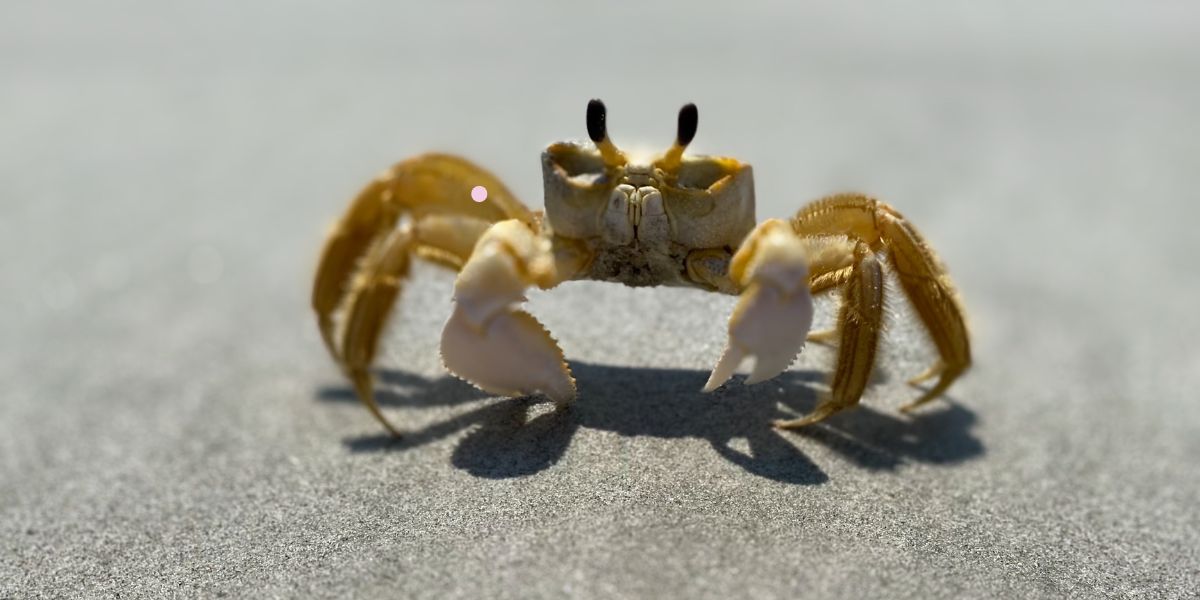Cleaning crab is an essential step before cooking to ensure the best flavor and a pleasant dining experience. Proper cleaning removes inedible parts and any impurities that can affect the taste and texture of the crab meat. Whether you are working with blue crabs, Dungeness crabs, or other varieties, understanding how to clean crab correctly is important for home cooks and seafood enthusiasts. This article provides a detailed, clear guide on how to clean crab safely and effectively how clean crab.
Why Cleaning Crab Is Important
Crabs have several parts that are not meant to be eaten, such as the gills, stomach, and internal organs. These parts can carry sand, grit, or bitter flavors that may spoil the dish if not removed. Cleaning crab removes these undesirable elements while preserving the delicate meat inside the shell.
Additionally, proper cleaning ensures that the crab is hygienic and ready for cooking. It also helps in preparing the crab so that seasonings and cooking methods can fully enhance its natural flavor.
Preparing to Clean the Crab
Before cleaning a crab, it is helpful to have a clean workspace, a sturdy cutting surface, and appropriate tools such as a crab mallet, kitchen shears, or a small knife. Fresh crab should be handled carefully to avoid injury from the claws and legs.
If you have purchased live crab, it is best to cook the crab first and then clean it, as live crabs are difficult and potentially hazardous to handle. However, some cooks prefer to clean crabs before cooking, which requires caution and proper technique.
For cooked crab, the cleaning process is simpler and more straightforward since the shell becomes easier to remove and the meat is more visible.
Removing the Crab Shell
Start by holding the crab firmly on its back. The first step is to remove the top shell, also known as the carapace. Insert your thumb or a knife under the shell’s edge near the back of the crab and carefully lift it off. This reveals the internal organs and the body cavity.
Once the shell is removed, the yellowish substance called crab mustard or tomalley will be visible. Some people enjoy eating this part, while others prefer to discard it due to its strong flavor.
Cleaning Internal Organs and Gills
Inside the crab body, you will find several internal organs, including the stomach and gills, which must be removed. The gills, often referred to as “dead man’s fingers,” are grayish, feathery structures located on both sides of the body. These are inedible and should be carefully pulled away and discarded.
The stomach is a small sac located near the eyes, containing sand and debris. Removing the stomach helps avoid gritty textures in the cooked crab. Gently pull out the stomach and rinse the crab body cavity under cold running water to remove any remaining impurities.
Removing the Apron and Cleaning Legs and Claws
Next, turn the crab over to the underside. The apron is a flap-like structure on the belly of the crab. For male crabs, the apron is narrow and pointed; for female crabs, it is broader and rounded. Lift and pull off the apron to expose the underside of the crab.
Cleaning the legs and claws involves rinsing them thoroughly to remove any dirt or sand lodged in the joints or crevices. Some cooks choose to crack the claws and legs slightly before cooking to allow seasoning to penetrate or to make meat extraction easier after cooking.
Final Rinse and Inspection
After removing all inedible parts and debris, rinse the crab one last time under cold running water. This final rinse helps wash away any remaining sand, bits of shell, or unwanted residue. Inspect the crab carefully to ensure it is clean and ready for cooking.
Cleaning crab properly helps improve the taste and ensures a pleasant eating experience. It also prevents unpleasant surprises such as gritty textures or off flavors.
Tips for Handling and Cleaning Crab Safely
Handling crab requires caution due to the sharp claws and legs. Wearing kitchen gloves can protect your hands from pinches or cuts during the cleaning process.
Using the right tools, such as a crab mallet or kitchen shears, can make cleaning easier and safer. These tools help crack shells or remove tough parts without damaging the meat.
If you are new to cleaning crab, consider watching instructional videos or consulting seafood guides for visual assistance and additional tips.
What to Do After Cleaning Crab
Once cleaned, crab can be cooked immediately or stored properly for later use. Fresh cleaned crab should be refrigerated if not cooked right away, ideally wrapped tightly in plastic wrap or stored in an airtight container.
Cooked crab meat can be extracted and used in various recipes such as crab cakes, soups, salads, or pasta dishes. Proper cleaning prior to cooking ensures that the meat is pure and free from unwanted flavors or textures.
Conclusion
Knowing how to clean crab effectively is essential for enjoying this delicious seafood at its best. Removing the shell, internal organs, gills, and apron, followed by thorough rinsing, prepares the crab for cooking and enhances its flavor. Handling the crab carefully and using proper tools ensures safety and efficiency during the cleaning process. Whether you are preparing live or cooked crab, mastering the cleaning technique is a valuable skill that improves your culinary results and overall enjoyment of crab dishes.
